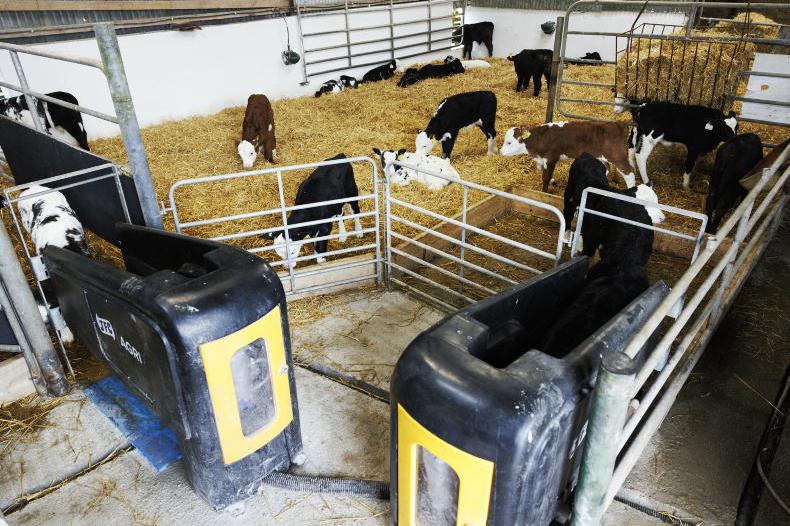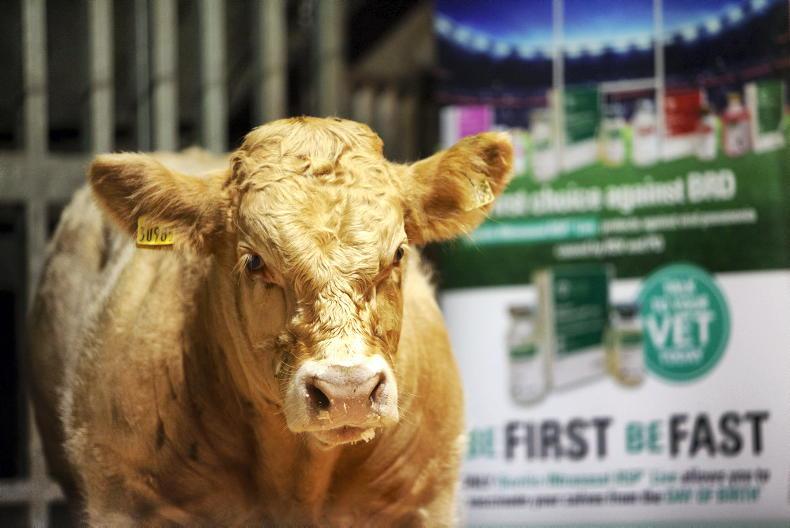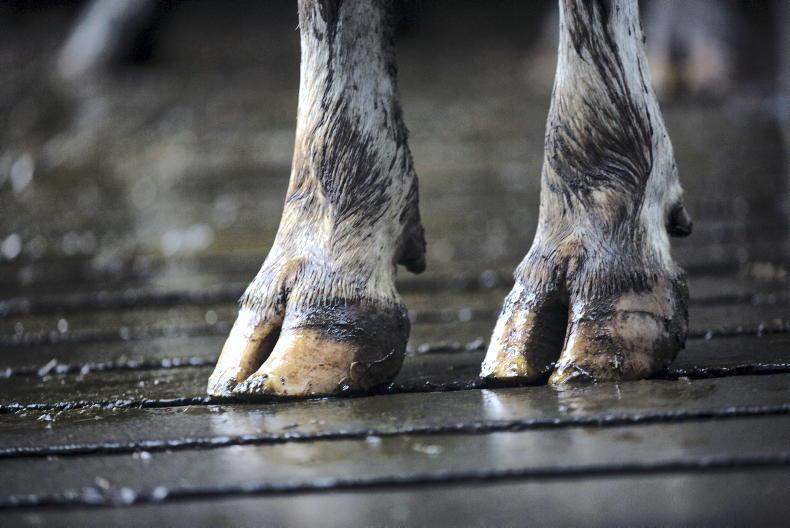As July transitions into August over the coming week, thoughts should be turning to getting some of those less desirable maintenance jobs around cattle housing sorted.
Getting these jobs sorted now will leave the yard prepared for housing this autumn. Outlined are five examples of maintenance jobs to complete over the coming weeks.
1. Washing cattle pens and slats
Washing sheds is a boring, mundane job that is often put off for as long as possible. However, the earlier sheds are washed following the turnout to grass, the easier it is as the dung is soft.
But if sheds have yet to be washed, make a point of getting this job sorted sooner rather than later. Wash slats, side walls and the roof, making sure to remove dust and cobwebs.
Leave sheds to dry properly, then disinfect with particular focus on corners and areas where bacteria and pathogens can thrive. Spreading hydrated lime can be carried out after washing and again prior to housing.
2. Replacing tin sheets to improve ventilation
Think back to this spring when housing was under pressure. Were there issues with pneumonia due to poor ventilation and limited airflow?
If so, now is the time to make some alterations to side sheets or the outlet at the ridge of the shed roof.
With side sheeting, is it possible to replace the tin on the side facing the prevailing wind with cladding or ventilated sheets?
To check airflow in sheds, use a smoke bomb to see if there are dead spots. Alternatively, light a bag of straw, then monitor the smoke rising and how quickly it exits the shed.
3. Alter feed rails and dividing gates
Make alterations and repairs to feed rails and gates as necessary, as well as any dividing gates in cattle sheds.
4. Upgrade shed lights
Good lights make working through the winter that bit easier. Upgrade existing lights with LEDS to improve visibility.
Adding a couple of extra lights around the yard will also improve visibility. A well-lit yard is less attractive to intruders. Good lights are also a good investment around the silo.
5. Fixing water troughs
Clean out water troughs and fix any leaks. If the trough is too small to meet cattle requirements, then replace it.
In sheds with cattle on ad-lib finishing diets, animals queuing at water troughs is a sign the trough is too small or flow rate is too low.
Lagging water pipes will also leave the shed better prepared for hard frost during winter.
Read more
Exclusive: mounting red tape could blow €3bn hole in rural economy
Minister refuses to reverse straw scheme suspension
As July transitions into August over the coming week, thoughts should be turning to getting some of those less desirable maintenance jobs around cattle housing sorted.
Getting these jobs sorted now will leave the yard prepared for housing this autumn. Outlined are five examples of maintenance jobs to complete over the coming weeks.
1. Washing cattle pens and slats
Washing sheds is a boring, mundane job that is often put off for as long as possible. However, the earlier sheds are washed following the turnout to grass, the easier it is as the dung is soft.
But if sheds have yet to be washed, make a point of getting this job sorted sooner rather than later. Wash slats, side walls and the roof, making sure to remove dust and cobwebs.
Leave sheds to dry properly, then disinfect with particular focus on corners and areas where bacteria and pathogens can thrive. Spreading hydrated lime can be carried out after washing and again prior to housing.
2. Replacing tin sheets to improve ventilation
Think back to this spring when housing was under pressure. Were there issues with pneumonia due to poor ventilation and limited airflow?
If so, now is the time to make some alterations to side sheets or the outlet at the ridge of the shed roof.
With side sheeting, is it possible to replace the tin on the side facing the prevailing wind with cladding or ventilated sheets?
To check airflow in sheds, use a smoke bomb to see if there are dead spots. Alternatively, light a bag of straw, then monitor the smoke rising and how quickly it exits the shed.
3. Alter feed rails and dividing gates
Make alterations and repairs to feed rails and gates as necessary, as well as any dividing gates in cattle sheds.
4. Upgrade shed lights
Good lights make working through the winter that bit easier. Upgrade existing lights with LEDS to improve visibility.
Adding a couple of extra lights around the yard will also improve visibility. A well-lit yard is less attractive to intruders. Good lights are also a good investment around the silo.
5. Fixing water troughs
Clean out water troughs and fix any leaks. If the trough is too small to meet cattle requirements, then replace it.
In sheds with cattle on ad-lib finishing diets, animals queuing at water troughs is a sign the trough is too small or flow rate is too low.
Lagging water pipes will also leave the shed better prepared for hard frost during winter.
Read more
Exclusive: mounting red tape could blow €3bn hole in rural economy
Minister refuses to reverse straw scheme suspension










SHARING OPTIONS